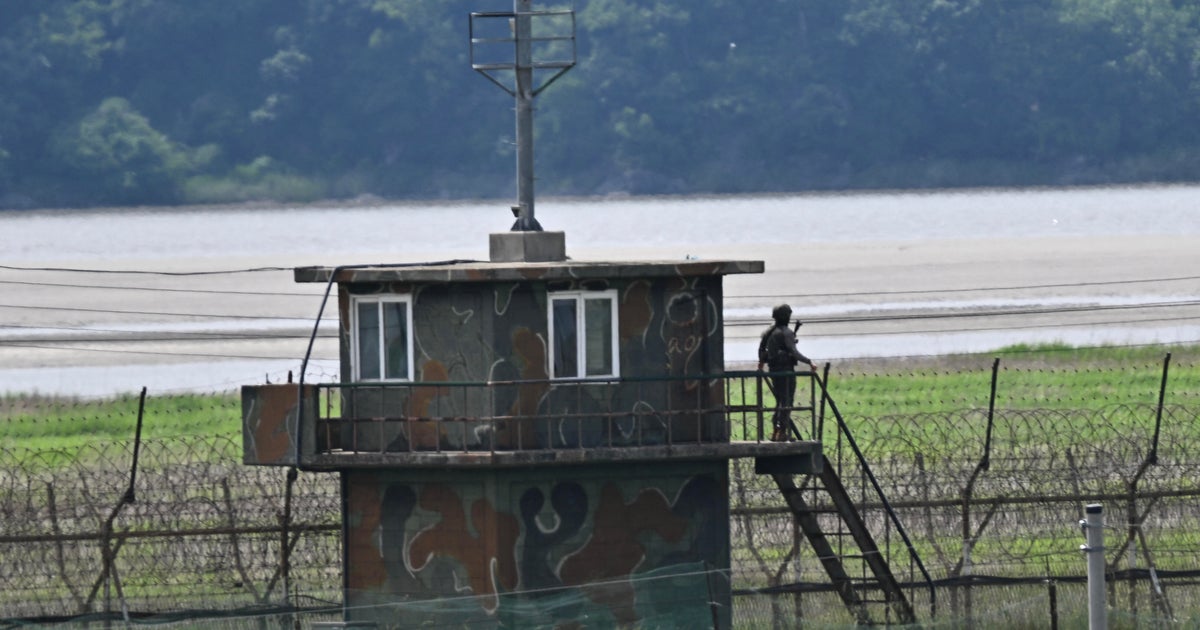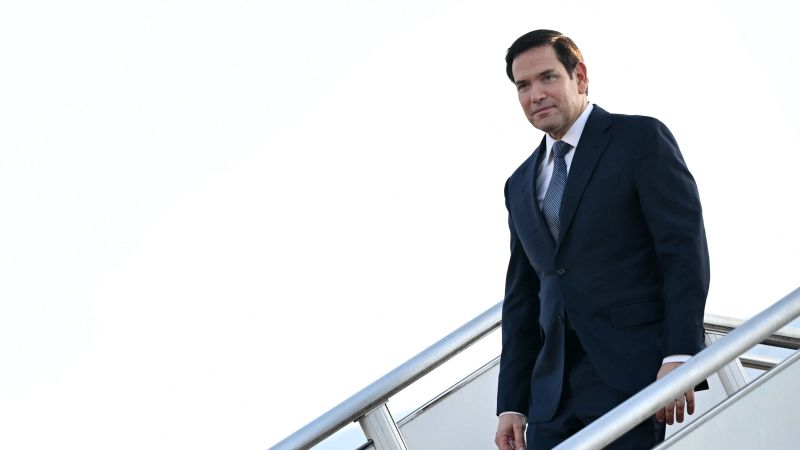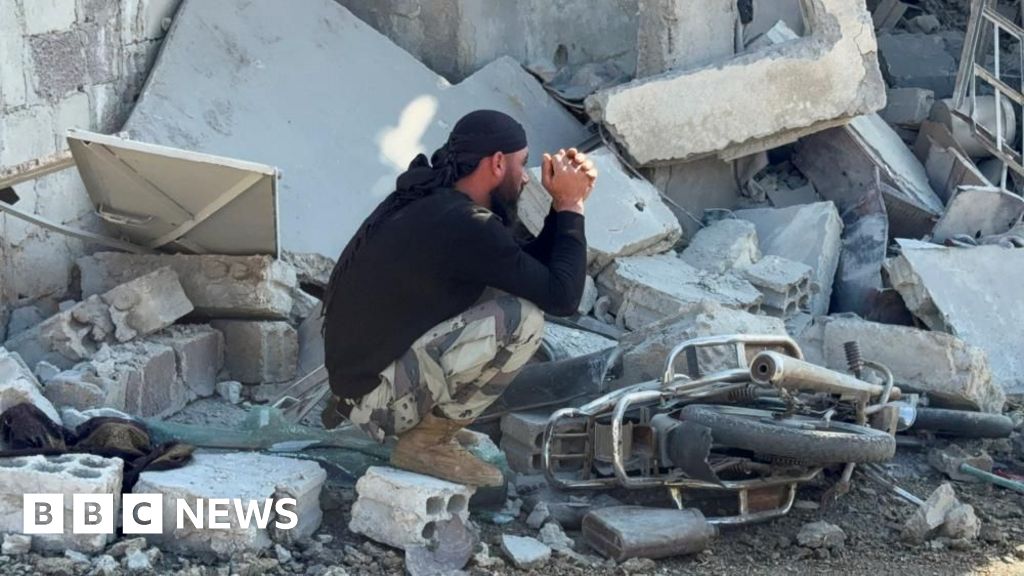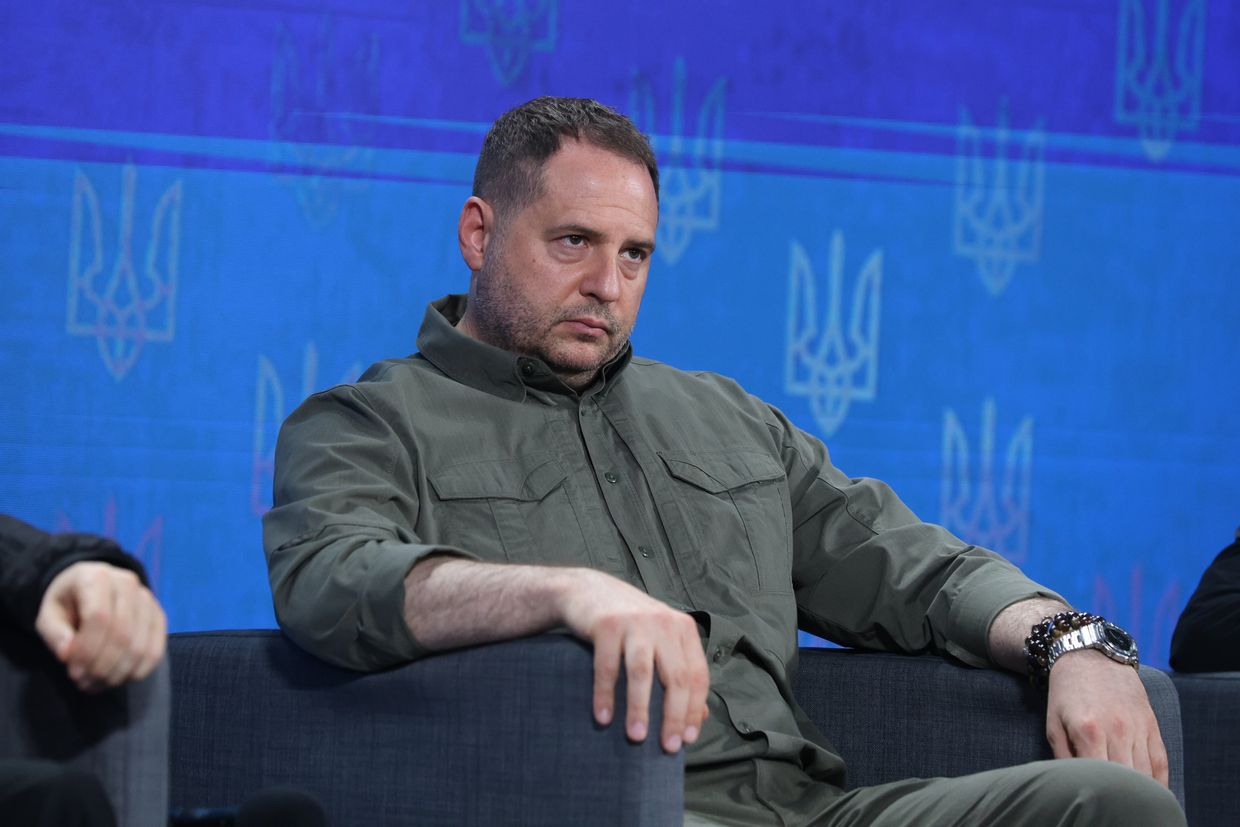World Leaders Attend China's Military Parade

Introduction
The upcoming military parade in China is set to be a historic event, with the attendance of world leaders including Kim Jong Un and Vladimir Putin. This parade marks the 80th anniversary of China's war against Japan and the end of World War Two, making it a significant and symbolic event for the country.
Key Details
The parade will showcase China's military strength and its role in the defeat of Japan, with over 15,000 soldiers and 580 pieces of military equipment expected to participate. This year's parade will also feature a special guest, North Korean leader Kim Jong Un, marking a rare appearance on the international stage for the secretive leader.
Russian President Vladimir Putin, a close ally of China, will also be in attendance, highlighting the growing partnership between the two countries. This event is not only a display of military might, but also a platform for diplomatic relations and alliances.
Impact
The presence of these world leaders at the parade reflects the significance of the event, not only for China, but also for the global community. As China continues to assert its influence on the world stage, this parade serves as a reminder of its growing power and role in global affairs.
In addition, this event also holds historical and cultural significance, as it commemorates the end of World War Two and the sacrifices made by the
About the People Mentioned
Kim Jong Un
Kim Jong Un is the Supreme Leader of North Korea, having assumed power in December 2011 after the death of his father, Kim Jong Il. Born on January 8, 1983 or 1984, he is the third son of Kim Jong Il and Ko Yong-hui. Kim Jong Un was educated partly in Switzerland before returning to North Korea and being groomed for leadership, officially introduced to the public in 2010 as the designated successor[1][2][3][6]. Upon succession, Kim Jong Un inherited control over the world's fourth-largest military and a nuclear arsenal. Early in his rule, he consolidated power by purging rivals and reinforcing his authority within the Korean Workers’ Party and the military. By 2012, he held several key titles including first secretary of the Workers' Party, chairman of the Central Military Commission, and chairman of the National Defense Commission. In 2016, constitutional changes established the State Affairs Commission, headed by Kim, as the most powerful governing body in North Korea[3]. His leadership is marked by a policy known as *byungjin*, emphasizing simultaneous development of the economy and nuclear weapons. Under Kim, North Korea has conducted multiple nuclear and missile tests, escalating tensions internationally. However, he has also engaged in historic diplomacy, including summits with South Korean President Moon Jae-in and U.S. President Donald Trump in 2018, though relations remain strained[2][3]. Kim Jong Un maintains a highly secretive and authoritarian regime characterized by strict control over society and the suppression of dissent. Reports note his ruthless consolidation of power, including the alleged assassination of his half-brother Kim Jong Nam in 2017. His regime sustains a strong cult of personality similar to those of his predecessors[1][2][5]. Recently, Kim has participated in international diplomacy, including a visit to Russia amid ongoing global tensions. Despite these efforts, North Korea remains isolated, with ongoing sanctions and international scrutiny focused on its nuclear ambitions and human rights record[2].
Vladimir Putin
Vladimir Putin is the current President of Russia, a position he has held for multiple terms since 2000, with a brief interlude as Prime Minister from 2008 to 2012[1][3]. Born in Leningrad (now Saint Petersburg) in 1952, Putin began his career in the Soviet Union’s security services, joining the KGB in 1975 and rising to the rank of Lieutenant Colonel by the time he left in 1991, following postings in East Germany and Leningrad[4]. After the Soviet Union’s collapse, he transitioned into politics, serving as an adviser to Saint Petersburg Mayor Anatoly Sobchak and later moving to Moscow, where he held various administrative roles under President Boris Yeltsin[6]. Putin was appointed Prime Minister in August 1999 and became acting President when Yeltsin unexpectedly resigned that December[3][6]. He won his first presidential election in March 2000, promising to stabilize Russia’s economy and political system after the tumultuous 1990s[3][7]. During his initial terms, he centralized power, reasserted federal control over Russia’s regions, and curtailed the influence of the country’s oligarchs through legal and economic measures[7]. Putin was re-elected in 2004 but, due to constitutional term limits, stepped aside in 2008, becoming Prime Minister under his successor Dmitry Medvedev, while retaining significant influence[3]. Constitutional amendments later extended presidential terms, and Putin returned to the presidency in 2012[1]. Putin’s time in office has been marked by assertive foreign policy, including military interventions in Syria in support of President Bashar al-Assad and the 2014 annexation of Crimea, which led to international sanctions[1]. Domestically, his tenure has seen increased state control over media, the suppression of political opposition, and constitutional changes consolidating executive authority[1]. In 2022, Russia’s full-scale invasion of Ukraine triggered a major international crisis, further isolating Russia from the West and prompting widespread condemnation[1]. As of 2025, Putin remains a dominant figure in Russian politics, having secured another term in office through constitutional changes that allow him to potentially remain president until 2036[1]. His leadership continues to shape Russia’s domestic trajectory and its role in global affairs, amid ongoing conflict in Ukraine and strained relations with NATO and Western countries[1].
About the Organizations Mentioned
North Korean
The term "North Korean" generally refers to the Democratic People’s Republic of Korea (DPRK), a highly centralized, one-party state established in 1948 under the leadership of Kim Il-Sung. It is governed by the ruling Workers' Party of Korea (WPK), which dominates all branches of government, including administrative, legislative, and judicial functions, with ultimate power concentrated in its supreme leader, currently Kim Jong Un[1][3][9]. North Korea’s government is characterized by a unique constitutional framework that enshrines the Kim family’s ideology and leadership as permanent and central to its state identity. The country’s political structure has evolved through multiple constitutional revisions, most notably in 1998 and 2016, which reinforced the power of the supreme leader and the State Affairs Commission, the highest government authority[3]. The DPRK’s primary focus is on maintaining internal political stability and advancing its strategic military capabilities, including nuclear weapons and conventional forces, to assert regional dominance and security. This military emphasis supports its revisionist ambitions on the Korean Peninsula, often leveraging its weapons programs for international bargaining and deterrence[2][5]. Despite international sanctions and isolation, North Korea remains politically stable with a growing middle class and some economic resilience, which challenges common perceptions of its economy as solely impoverished and inefficient[4]. Noteworthy aspects include its tightly controlled civil-military relations, with the WPK maintaining strict oversight over the Korean People’s Army, and its increasing engagement with regional economic bodies such as the Eurasian Economic Union as an observer member, reflecting a cautious expansion of external economic ties[2]. Human rights abuses and forced labor remain critical issues under its totalitarian regime, drawing condemnation from international organizations[7][8]. In terms of business and technology, North Korea’s activities are closely tied to state strategies, focusing on military and dual-use technologies rather than commercial innovation, with ongoing geopolitical implications for regional security and global diplomacy[6].
Russia
Russia, officially known as the Russian Federation, is not an organization but a sovereign state and the largest country in the world by land area, spanning Eastern Europe and northern Asia. With a population of nearly 144 million as of 2025, Russia ranks ninth globally by population and is characterized by significant ethnic diversity, with over 80% identifying as ethnic Russians and numerous minority groups contributing to its cultural tapestry[4]. The capital, Moscow, is a major global city and the country’s political, economic, and technological hub. ## Historical Overview Russia’s history is marked by its transformation from the Tsarist Empire to the Soviet Union and, after its dissolution in 1991, to the present-day Russian Federation. The post-Soviet era saw Russia’s integration into the global economy, though it retained a centralized political system with power concentrated in the presidency[7]. The country’s economy, historically resource-based, relies heavily on oil, gas, and minerals, but has also developed significant industrial, technological, and military sectors. ## Economic Profile and Key Achievements Russia’s economy is the world’s twelfth-largest consumer market, with about 70% of GDP driven by domestic consumption[1]. It has a “very high” Human Development Index ranking and boasts the fifth-highest number of billionaires globally, though income inequality and regional disparities remain pronounced[1]. Major achievements include surviving extensive Western sanctions after the 2022 invasion of Ukraine, maintaining economic stability through increased military spending, and pivoting energy exports to Asia[1][5]. The country has also played a leading role in the BRICS bloc, advocating for reforms in the international financial system and promoting technological innovation among developing economies[6]. ## Current Status and Challenges As of late 2025, Russia’s economy is experiencing a pronounced slowdown, with GDP growth cooling to around 1% after robust expansion in 2023–2024[2][3]. High military expenditure (















